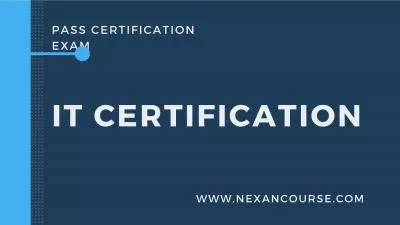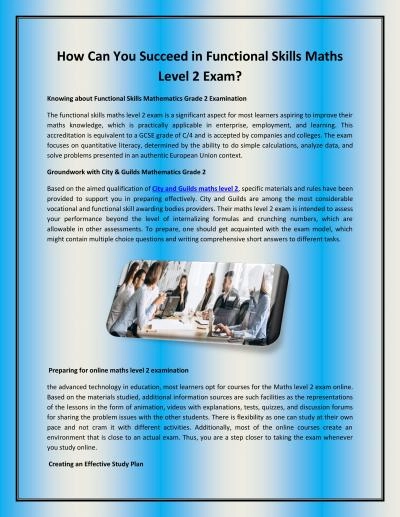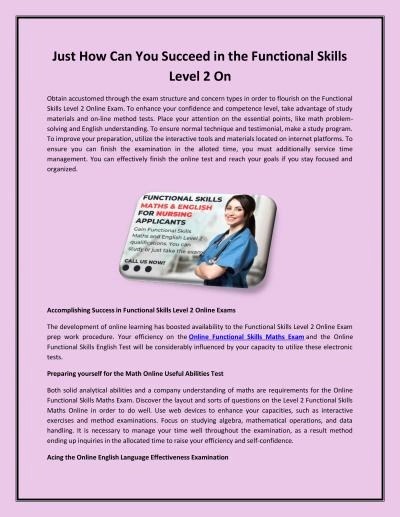PDF-Do students have the drive to succeed?When students believe that inves
Author : ellena-manuel | Published Date : 2015-11-06
IN FOCUS PISA in Focus201403 March dataevidencestatisticsdataevidence Raw potential and talent are only a small part of what it takes to become tudents146 success
Presentation Embed Code
Download Presentation
Download Presentation The PPT/PDF document "Do students have the drive to succeed?Wh..." is the property of its rightful owner. Permission is granted to download and print the materials on this website for personal, non-commercial use only, and to display it on your personal computer provided you do not modify the materials and that you retain all copyright notices contained in the materials. By downloading content from our website, you accept the terms of this agreement.
Do students have the drive to succeed?When students believe that inves: Transcript
Download Rules Of Document
"Do students have the drive to succeed?When students believe that inves"The content belongs to its owner. You may download and print it for personal use, without modification, and keep all copyright notices. By downloading, you agree to these terms.
Related Documents

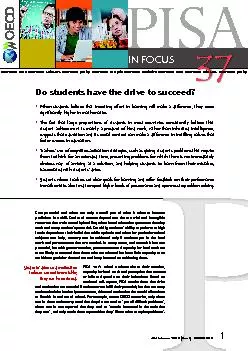
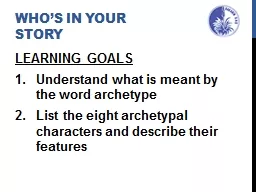






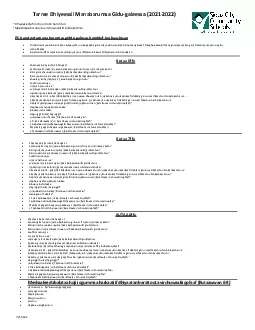
![[EPUB] - How to Succeed in High School and Prep for College: Book 1 of How to Succeed](https://thumbs.docslides.com/907142/epub-how-to-succeed-in-high-school-and-prep-for-college-book-1-of-how-to-succeed-in-high-school-college-and-beyond-college.jpg)
